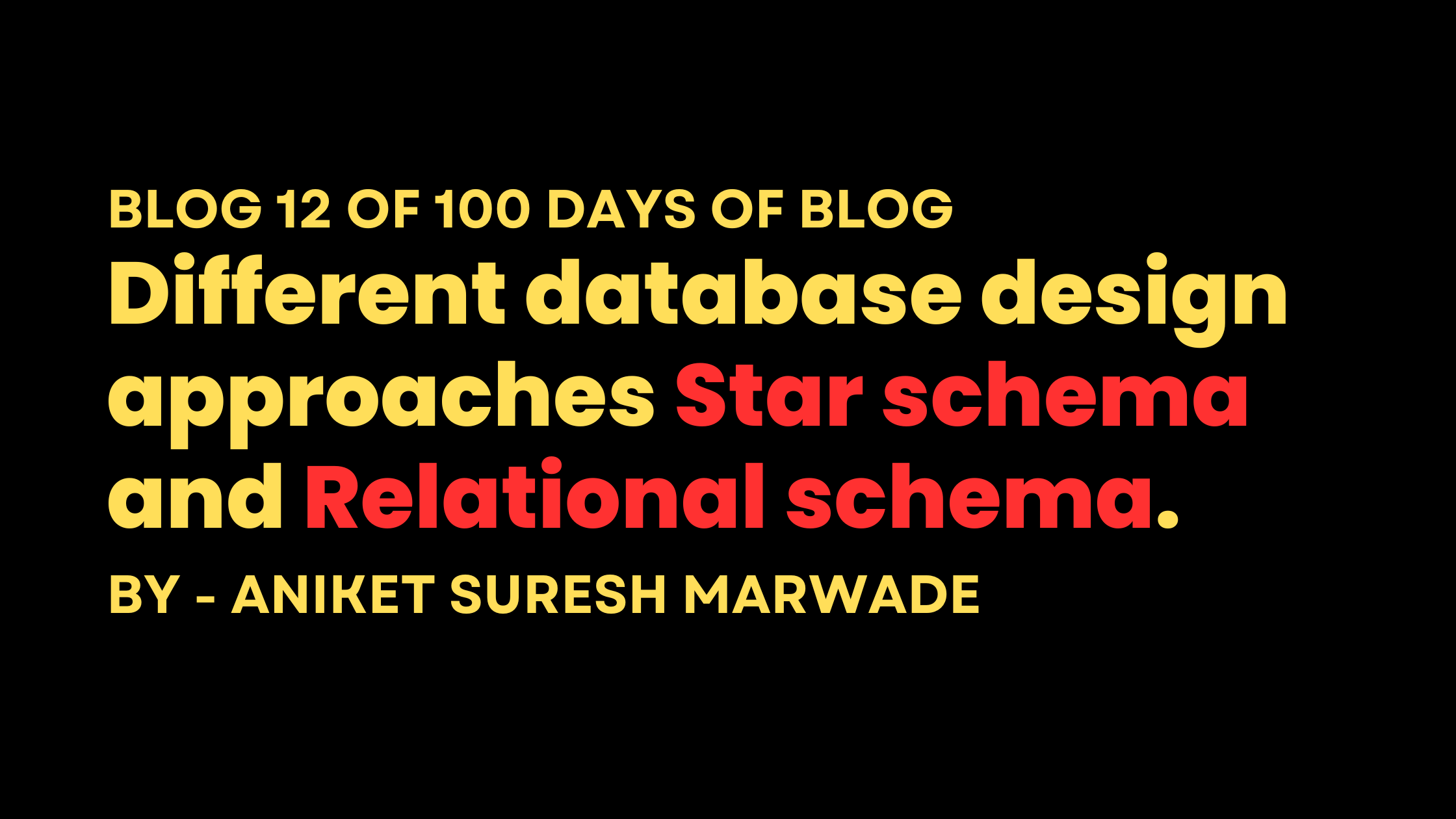Different database design approaches Star schema and Relational schema.
 The Analyst Geek
The Analyst Geek
Star Schema and Relational Schema are both database design approaches used to structure data for efficient storage and querying, but they have different focuses and characteristics. Let's explore the differences between them:
Data Modeling Approach:
Star Schema: Star schema is a type of multidimensional data model commonly used in data warehousing. It's designed to optimize querying and reporting on large datasets. The schema consists of a central fact table surrounded by dimension tables.
Relational Schema: A relational schema is the foundational structure of a relational database. It defines the tables, their attributes (columns), and the relationships between tables. This type of schema is used for traditional transactional databases.
Table Structure:
Star Schema: In a star schema, there is a central fact table that contains quantitative data (e.g., sales, revenue) and foreign keys to dimension tables. Dimension tables contain descriptive attributes related to the data in the fact table.
Relational Schema: In a relational schema, tables are organized based on logical relationships. Tables are normalized to minimize data redundancy and avoid anomalies. Relationships are established using primary keys and foreign keys.
Data Redundancy:
Star Schema: Star schemas denormalize data to some extent. This means that dimension tables may contain duplicate data, as the same information is repeated across multiple rows to improve query performance.
Relational Schema: Relational schemas aim to minimize data redundancy through normalization. This helps maintain data consistency and reduces storage requirements, but it might result in more complex queries.
Query Performance:
Star Schema: Star schemas are optimized for query performance, especially for complex analytical queries. Aggregations and calculations are often precomputed, leading to faster query responses.
Relational Schema: Relational schemas are designed for transactional processing, but their query performance can be impacted when dealing with complex analytical queries involving multiple joins and aggregations.
Use Cases:
Star Schema: Star schemas are well-suited for data warehousing and business intelligence applications. They are great for reporting, data analysis, and ad hoc querying.
Relational Schema: Relational schemas are used for online transaction processing (OLTP) systems, where data integrity and transaction management are crucial.
Flexibility vs. Performance:
Star Schema: Star schemas prioritize query performance and are less flexible when it comes to accommodating changes in data structure. Adding new attributes may require altering the schema and potentially affecting existing reports.
Relational Schema: Relational schemas offer more flexibility in terms of data manipulation and modification. Changes to the schema are generally easier to accommodate, but query performance might suffer for complex analytical queries.
Thanks for reading till end!
Subscribe to my newsletter
Read articles from The Analyst Geek directly inside your inbox. Subscribe to the newsletter, and don't miss out.
Written by

The Analyst Geek
The Analyst Geek
I am a data enthusiast who finds joy in working with data, utilizing my skills to extract meaningful and valuable insights from it.